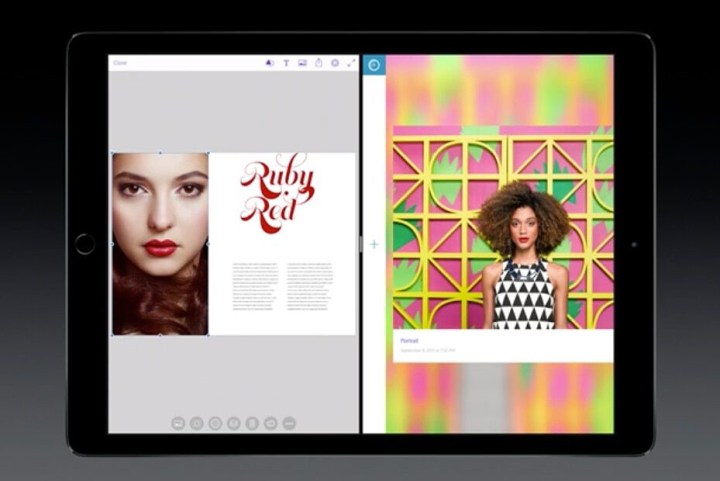
Apple’s recently announced iPad Pro is marketed straight at those seeking a tablet for productivity and professional work, and one of the staples of modern day-to-day business is Microsoft Office. The subscription service, Office 365, offers users a monthly payment plan for access to the cloud-based software, but if the device’s display is smaller than 10.1 inches, you don’t need to pay to edit documents.
That puts the iPad Pro’s 12.9-inch retina display well over the size limit, and while you’ll be able to view documents for free, you’ll have to pay the subscription fee to actually enable editing.
At the time of writing, the cheapest Office 365 plan is $6.99 per month, or $69.99 per year, and includes Office for one computer and one tablet, 60 minutes of Skype time per month, and 1TB of OneDrive storage. If you need more computers, you can upgrade to 5 desktops and 5 tablets for $9.99 per month or $99.99 per year.
That’s not terribly expensive as far as cloud services go, but it’s definitely a cost to consider if you’re thinking about moving to the iPad Pro and Office is part of your workflow. That being said, it’s a penalty you’ll end up paying on any device that’s over 10.1 inches, including the Surface tablets, although some models include a free year with purchase. Unlike those tablets, which can run standalone versions of Office, the iPad Pro only has access to Microsoft’s Cloud-based option, or third-party alternatives.
Editors' Recommendations
- Apple’s new iPad Air could be in trouble
- Apple is about to do the unthinkable to its iPads
- Why you should buy the iPhone 15 Pro instead of the iPhone 15 Pro Max
- Why you should buy the iPhone 15 Pro Max instead of the iPhone 15 Pro
- I’ve had the iPhone 15 Pro for six months. Here’s why it’s still amazing


